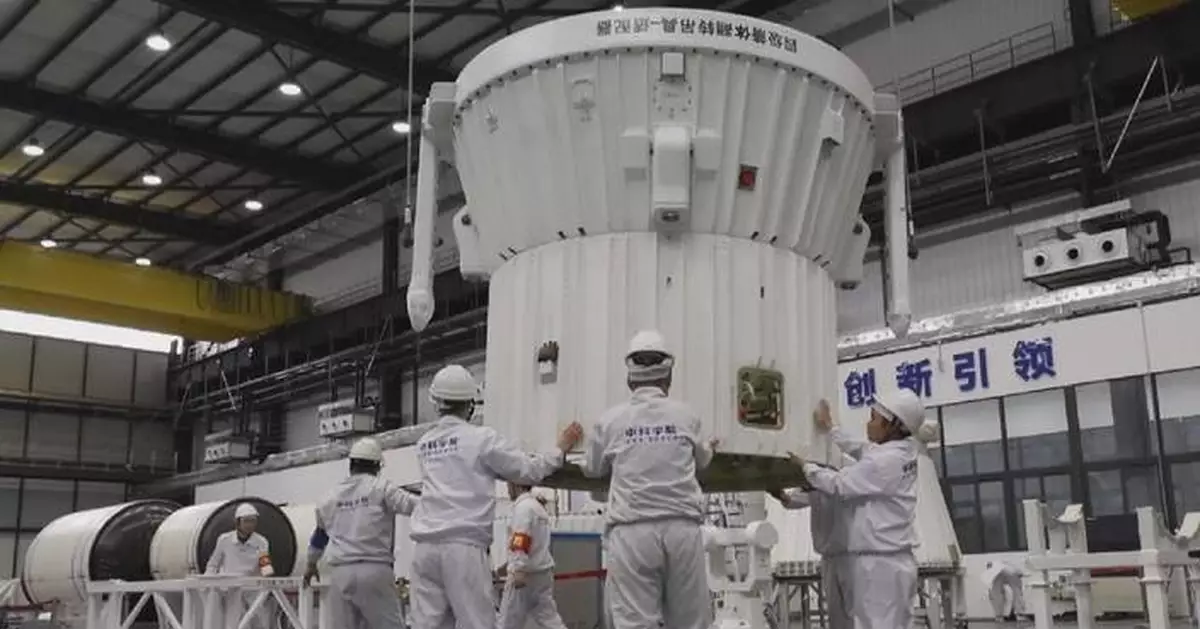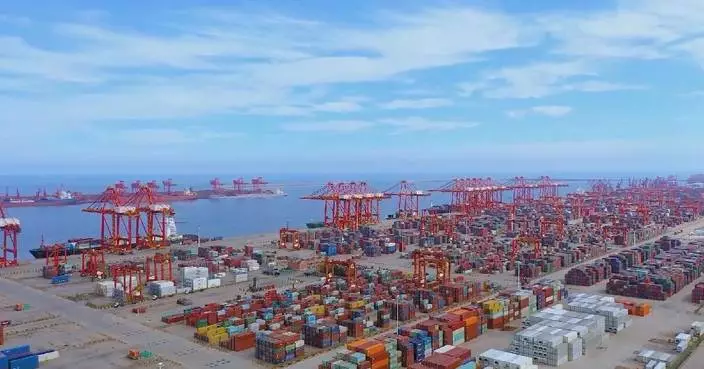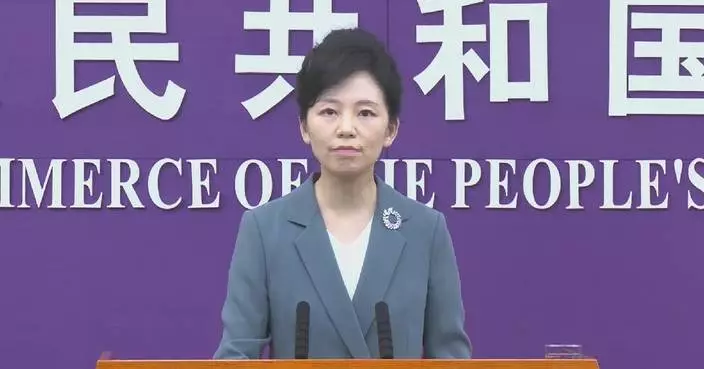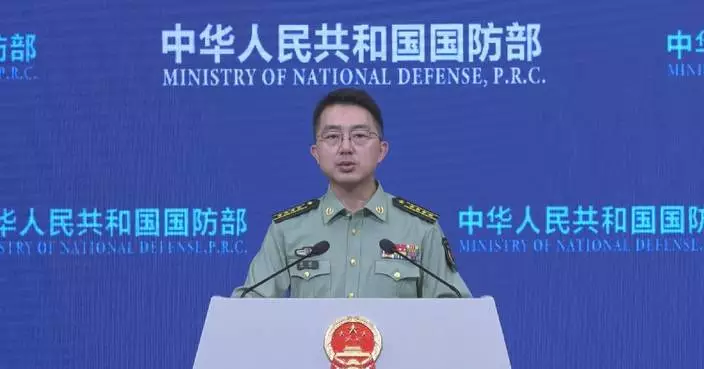The Lijian-1 Y5 commercial carrier rocket, launched on Monday with 15 satellites onboard, features a 3.35-meter diameter fairing designed to enhance the rocket's capability to carry more satellites in the future.
The rocket blasted off at 12:03 (Beijing Time) from a commercial aerospace innovation pilot zone in northwest China, successfully sending the 15 satellites—including the Jilin-1 Gaofen series, Yunyao-1 series, Xiguang-1 series, and a remote-sensing satellite for Oman—into their planned orbits. To meet this mission's requirement for a larger fairing—the protective cover for the satellites—the engineering team used a fairing with a 3.35-meter diameter to accommodate a larger payload or more satellites.
"This 3.35-meter diameter fairing provides the necessary space for additional satellites, and we've also taken other measures to optimize the carrying capacity of the Lijian-1 Y5 rocket. This will help enhance the carrying capacity of our rocket for future satellite launches," said Shi Xiaoning, chief designer of the Lijian-1 Y5 rocket from CAS Space.
This rocket's maximum diameter is 2.65 meters, which narrows down to two meters at the third-stage engine, so the rocket looks as if having "a big head". Although the larger fairing impacts the rocket's flight performance, the team has conducted extensive experiments to ensure the rocket's reliability and flight feasibility.
"We've conducted various ground tests, including aerodynamic wind tunnel tests and noise tests for the noise generated by the large fairing at transonic speeds. Based on these results, we also made additional analyses and tests on individual components," said the chief designer.
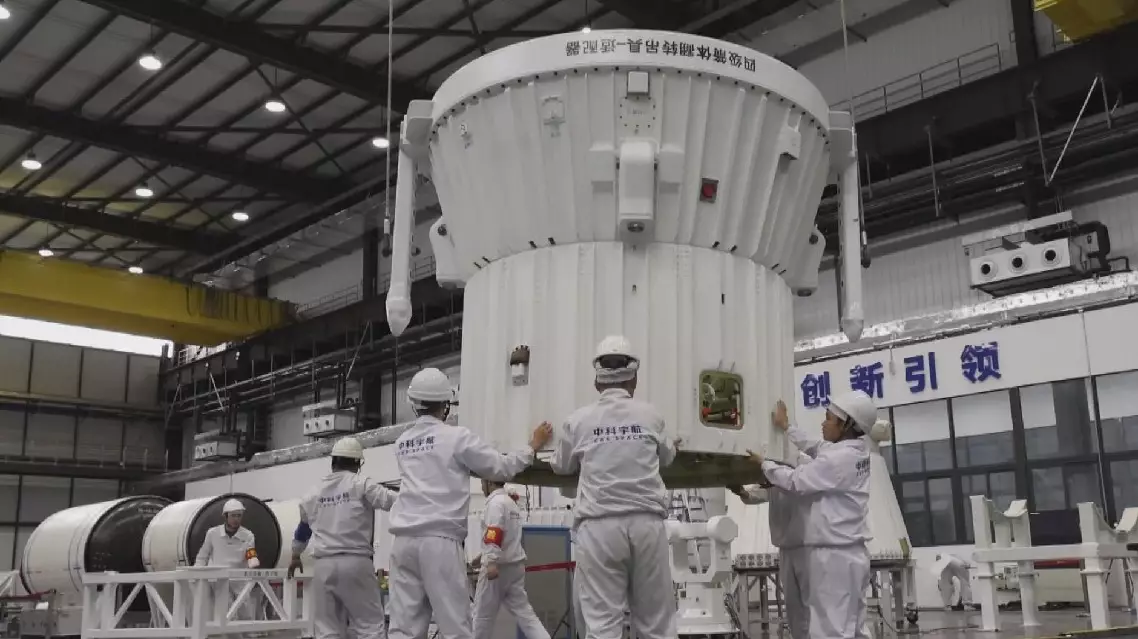
Lijian-1 Y5 rocket launches 15 satellites with enhanced fairing for future missions


